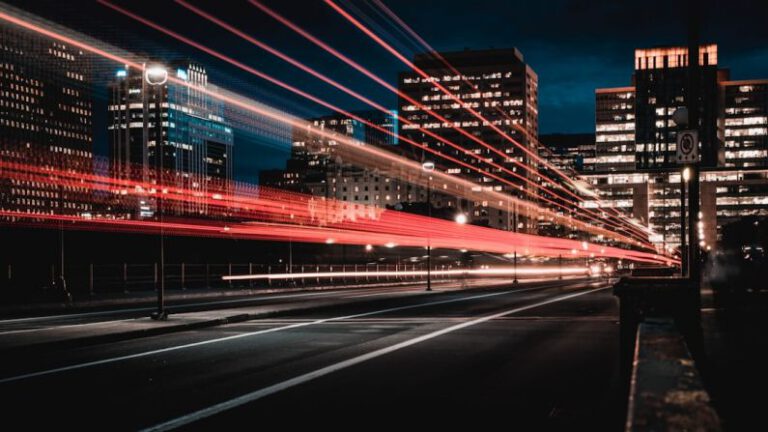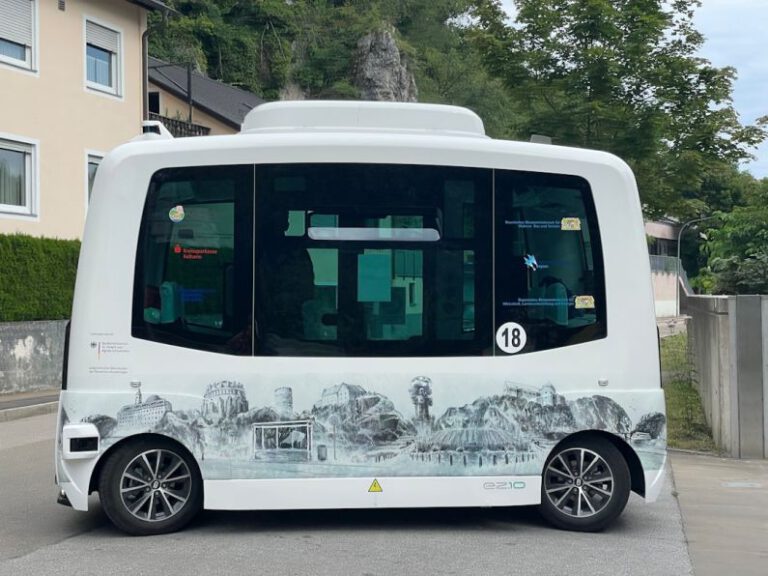The Living Lab: Urban Areas as Testbeds for Innovation
Urban areas are bustling hubs of innovation, where diverse populations, businesses, and institutions converge to create dynamic ecosystems ripe for experimentation and advancement. Among the various strategies cities are adopting to drive progress, the concept of living labs has emerged as a powerful tool for fostering innovation. By leveraging the urban environment as a testbed for new ideas, technologies, and policies, cities are transforming themselves into living laboratories where innovation can thrive. This article delves into the concept of the living lab and explores how urban areas are embracing this approach to drive positive change and shape the cities of the future.
**The Living Lab Concept**
At its core, a living lab is a real-world environment where stakeholders come together to co-create, test, and validate new solutions in a collaborative and iterative manner. Unlike traditional research and development settings, living labs offer a unique opportunity to test innovations in a real-world context, allowing for rapid prototyping, user feedback, and adaptation based on actual conditions. Urban areas, with their complex challenges and diverse populations, provide an ideal setting for living labs to flourish.
**Turning Cities into Testbeds for Innovation**
Cities around the world are increasingly recognizing the potential of leveraging their urban infrastructure, resources, and diverse communities to drive innovation. By designating specific neighborhoods, districts, or even entire cities as living labs, local governments, businesses, and research institutions can collaborate to tackle pressing urban challenges and explore novel solutions. From smart transportation systems and sustainable energy initiatives to digital governance platforms and inclusive urban planning, the possibilities for innovation within urban living labs are vast and varied.
**A Platform for Collaboration and Experimentation**
One of the key strengths of the living lab approach is its emphasis on collaboration and co-creation. By bringing together a diverse set of stakeholders, including residents, businesses, academia, and government agencies, living labs facilitate the exchange of ideas, expertise, and resources needed to drive innovation. This multidisciplinary approach not only enriches the innovation process but also ensures that solutions are tailored to the specific needs and contexts of the urban environment.
**Driving Sustainable Solutions**
In an era marked by rapid urbanization, climate change, and social inequality, the need for sustainable and inclusive urban development has never been more pressing. Living labs offer a platform for developing and testing innovative solutions that address these complex challenges while promoting sustainability, resilience, and social equity. By integrating principles of sustainability, circular economy, and social innovation into their projects, urban living labs are paving the way for more resilient and livable cities.
**Shaping the Cities of the Future**
As urban areas continue to grow and evolve, the role of living labs in shaping the cities of the future is becoming increasingly significant. By serving as testbeds for experimentation, collaboration, and innovation, urban living labs are driving positive change and transforming cities into dynamic hubs of creativity and progress. From harnessing the power of technology and data to fostering community engagement and empowerment, living labs are reimagining urban development in ways that are sustainable, inclusive, and responsive to the needs of diverse urban populations.
**Innovating Towards a Brighter Future**
In conclusion, the concept of the living lab represents a paradigm shift in how cities approach innovation and urban development. By leveraging the unique characteristics of urban areas as testbeds for innovation, living labs are catalyzing positive change and driving progress towards more sustainable, inclusive, and resilient cities. As cities continue to embrace this approach and invest in collaborative, experimental, and people-centered solutions, the potential for innovation to shape the cities of the future is boundless. Urban living labs are not just laboratories for testing new ideas—they are dynamic ecosystems that are redefining the way we think about urban innovation and paving the way for a brighter, more sustainable future.






